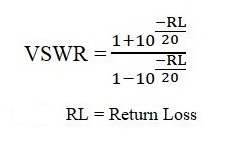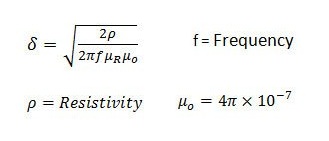dBm to Vrms converter
This converter is designed to transform power levels expressed in dBm into Vrms, which is essential for signal analysis and circuit design in RF and electronics applications. Conversion Formula P(W) = 10^(dBm / 10) / 1000 Vrms = √(P(W) × R) Understanding the Formula First, the dBm value is converted into Watts using the formula … Read more









